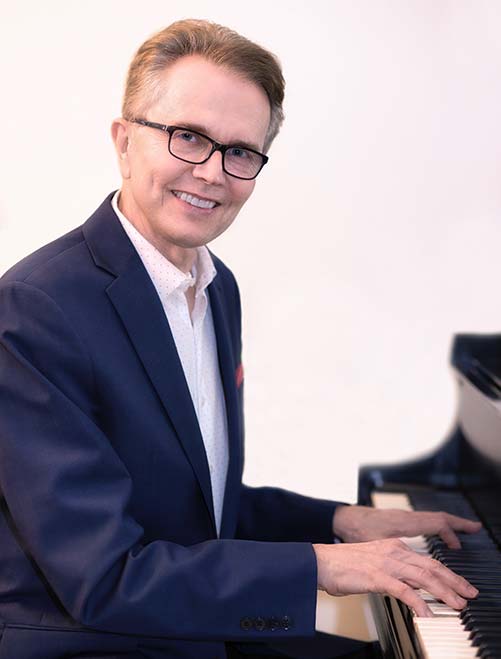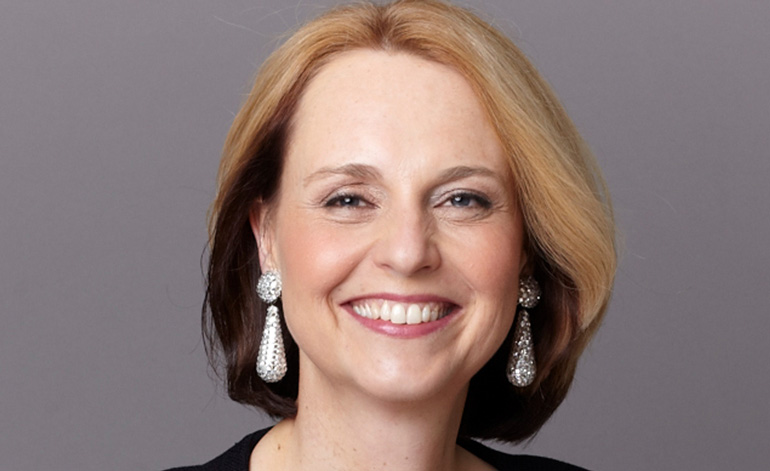Research Lab with Monika Herzig & John Edward Hasse at JAM MUSIC LAB University.
This seminar at JAM MUSIC LAB University explores methods of historical research and reenactment based on the early jazz history of Austria and other localities in Europe. https://www.jammusiclab.com/news/research-lab-monika-herzig-john-edward-hasse
I am really looking forward to John Hasse’s first lectures on October 24, 2022 and December 12, 2022. The two lectures will deal with the historical development of jazz in France and Russia. This will be followed by lectures on the development of jazz in Austria.
October 24, 2022
How Jazz Went to France
American ragtime music—a prime precursor of jazz—began showing its influence in France as early as 1903, when a musical called In Dahomey played in Paris. In 1908, Claude Debussy incorporated elements in his piano piece Golliwog’s Cakewalk. Other classical composers in France—Satie and Stravinsky—were also influenced by ragtime.
During World War I, a distinguished Black American bandleader-composer, James Reese Europe, went to France with his Regimental Band. Their syncopated American dance music sparked an outpouring of adoration from the French people. Beginning in 1917, such other Black American musicians as Louis Mitchell, Sidney Bechet (jazz’s first great soloist) began performing in France. All this was happening while the French were discovering the art of Africa, where France held a number of colonies. Two Black American women became stars on the Parisian jazz scene of the 1920s: dancer-singer Josephine Baker and singer and nightclub proprietress Ada “Bricktop” Smith.
As these Black American musicians stimulated French musicians, a French jazz scene became vibrant. So vital was American Black entertainment in Paris that by 1929, New York City’s leading Black newspaper, The Amsterdam News, had its own entertainment correspondent in Paris. In the 1930s, as “swing clubs” and “hot clubs” sprung up around France, the French had the privilege of hearing such visiting US jazz stars as Louis Armstrong and Duke Ellington. In 1935, the Quintet of the Hot Club of France, led by the Belgian-Roma guitarist, introduced an exciting new style called “Gypsy jazz.” In 1936, Charles Delaunay introduced the first selective jazz discography, a science which was pioneered in jazz. In 1939, when German troops marched into Paris, American jazz musicians fled, and jazz took a lower profile until after World War II. (John Edward Hasse)
December 12, 2022
When Russia Said ‘Da’ to Jazz
This year marks the 100th anniversary of jazz in Russia. It’s an occasion loaded with irony, given that jazz—a musical form whose emphasis on improvisation and individuality make it emblematic of human freedom—was introduced under dictator Joseph Stalin. Propaganda at least partially explains the paradox. Initially, the government welcomed jazz, promoting it as the music of an oppressed people, American Blacks. Nonetheless, under Stalin, jazz was sometimes suppressed or censored, sometimes embraced. Ultimately, the music has enjoyed a long history there, managing to survive in the harshest of political climates, far from where it was born.
Unlike France, Russia held no colonies in Africa and lay much further away from Africa. But Black-influenced popular music was not unknown in the best hotels of the 1910s. But the story of jazz in Russia properly begins in 1921, just four years after the first jazz recording was made in New York City, when dancer-poet Valentine Parnakh heard a Black American jazz band in Paris and was electrified. He organized a concert, now considered the starting point of jazz in Russia, on October 1, 1922. In 1926, two Black American bands toured Russia.
Interest in jazz spread, but by the late 1930s, the official newspaper Izvestia was pillorying the music as an example of bourgeois culture even as the state was supporting several dozen radio and military jazz bands.
Eddie Rosner, a German Jew who fled Hitler’s Germany for the U.S.S.R. in 1939, led the State Jazz Orchestra of the Byelorussian Soviet Socialist Republic from 1940-46, a big band that became one of the most popular in the USSR, touring and recording extensively. They thrived on American swing material such as Ellington’s “Caravan” and W.C. Handy’s “St. Louis Blues.” (John Edward Hasse)
Monika Herzig is a German-born jazz pianist, composer and musicologist.
After receiving a scholarship in 1987 from the pedagogical institute in Weingarten, Germany for a one-year exchange program at the University of Alabama, she moved to the United States in August 1988.
Since then she has completed her Doctorate in Music Education with a minor field in Jazz Studies at Indiana University, where she is now a faculty member in Arts Administration. Her book “David Baker – A Legacy in Music” was released November 2011 on IU Press, Experiencing Chick Corea was released in October 2017 with Rowman & Littlefield. As a touring jazz artist, she has performed at many prestigious jazz clubs and festivals, such as the Indy Jazz Fest, Cleveland’s Nighttown, New York’s Birdland, the W.C.Handy Festival, to name just a few. Groups under her leadership have toured Germany, Italy, Japan, opened for acts such as Tower of Power, Sting, the Dixie Dregs, Yes, and more.
Monika Herzig recently received a professorship for Artistic Research at the JAM MUSIC LAB University Vienna.
John Edward Hasse is a writer, speaker, and Curator Emeritus of American Music at the National Museum of American History.

During his 33-year tenure at the Smithsonian, Hasse led an initiative to create the world’s largest museum collection of jazz history at the museum, including archives of Duke Ellington, Ella Fitzgerald, Jimmie Lunceford, Benny Carter, Ray Brown, Doc Cheatham, Dizzy Gillespie, Woody Herman, James Moody, et al. Hasse curated exhibitions on Duke Ellington, Ella Fitzgerald, Frank Sinatra, and Ray Charles. He also founded the Smithsonian Jazz Masterworks Orchestra, now in its 28th season, and Jazz Appreciation Month (JAM), now celebrated in 50 states and 40 countries. Since 2020 Hasse holds lectures in Jazz history and research at JAM MUSIC LAB University in Vienna.
Hasse’s books include Beyond Category: The Life and Genius of Duke Ellington, Discover Jazz (co-author), and Jazz: The Smithsonian Anthology (co-author). He is a contributor to The Washington Post, The Wall Street Journal, ten books, and eight encyclopedias.
